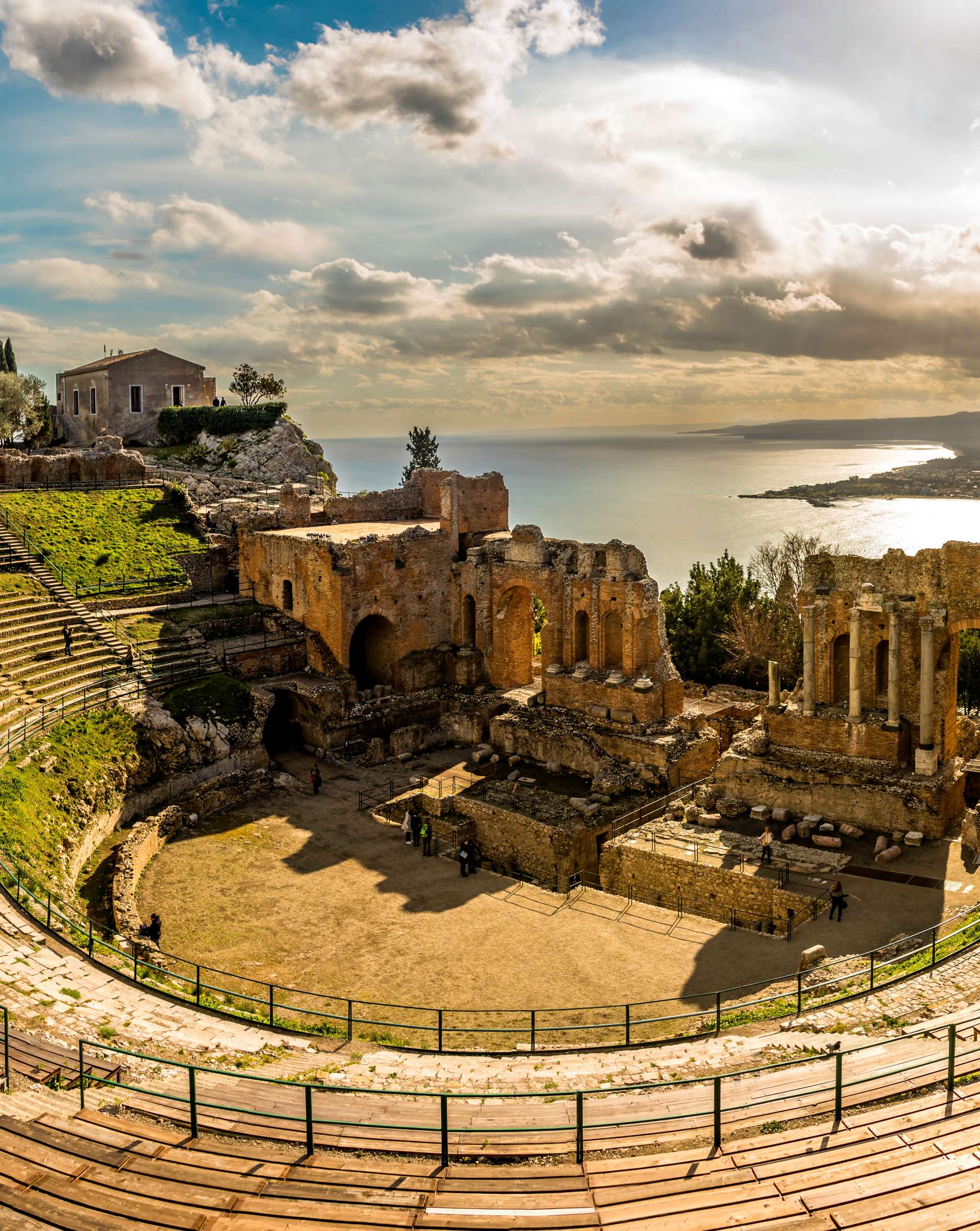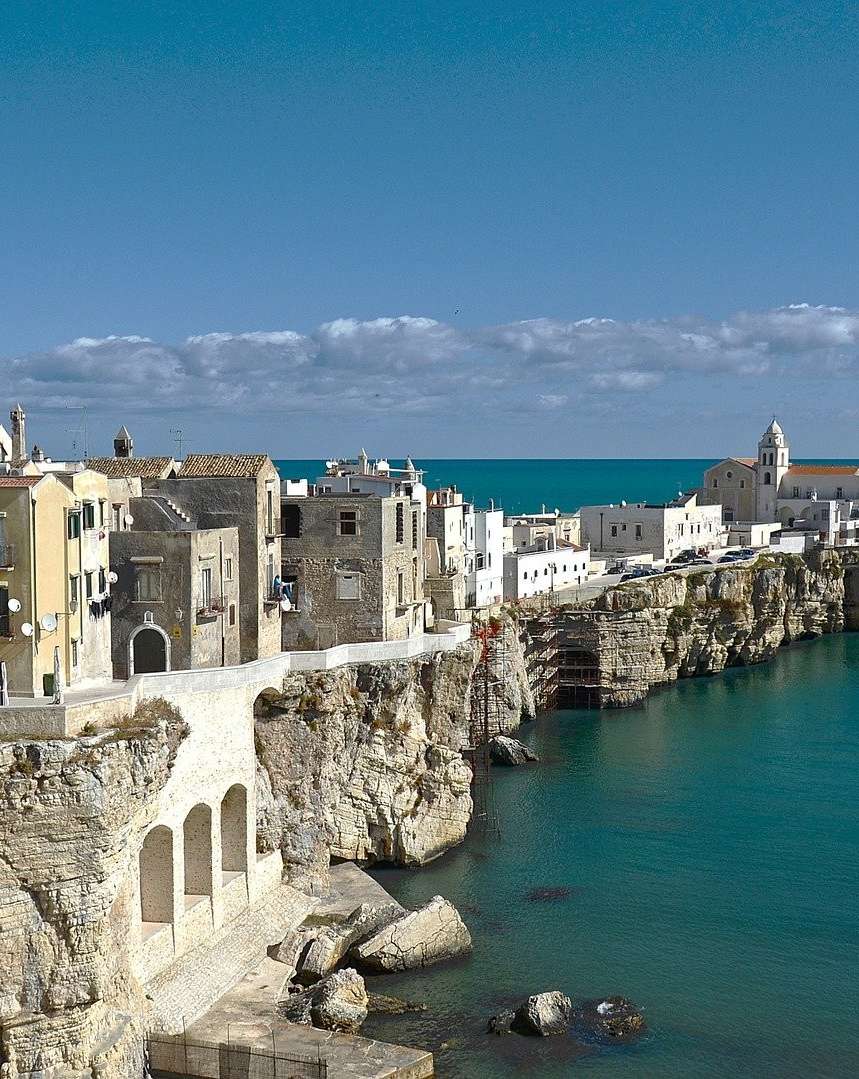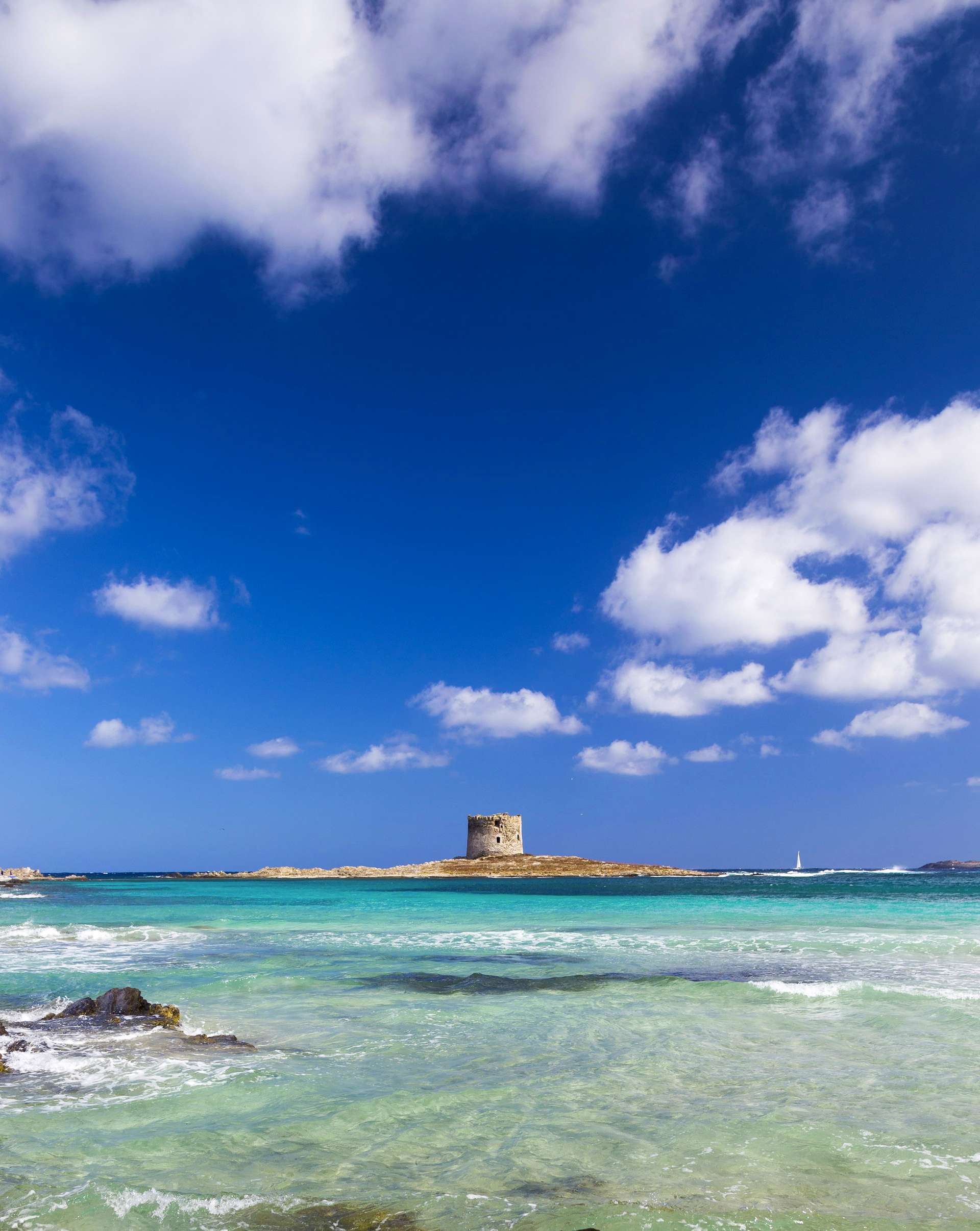
Italian olive oil, a tradition alive in the kitchen as well as in cosmetics
June 13, 2014Among the traditional Italian food products, olive oil has always played a very important part in people’s sustenance. The Italian oil has always been considered a panacea because of its amazing nutritional properties and it is rightfully considered the protagonist of the Mediterranean diet. It is no coincidence that only two out of twenty regions in Italy, namely Piemonte and Valle d'Aosta, do not devote themselves to the cultivation of olive trees. No oil is the same as another one. The flavor, in fact, may greatly change depending on the variety of olives used to make it, the place of production, the ripeness’ degree, the different methods of harvesting and many other factors.
Italy is the second largest producer of olive oil in both Europe and the world, with a national average production of more than 464'000 tons, two thirds of which are of extra-virgin oil. The European Union recognize 41 PDOs and one IGP.
Olive oil is mostly used for cooking, mainly in its virgin and extra-virgin varieties. It’s used as salad dressings, to season various foods, to maintain vegetables and also for frying, thanks to its high smoke point. Olive oil’s use is recommended because of its low acidity, the presence of triglycerides and its richness in monounsaturated fatty acids. It has beneficial properties due to the presence of polyphenols, which are powerful natural antioxidants that make the extra-virgin oil a unique product, helping those who take it to fight cholesterol and to resist aging.
In addition to the diet, olive oil is also an excellent resource in cosmetics. It’s a great face moisturizer and, when applied in small amounts, it nourishes the skin without clogging pores. It also soothes irritation and itching. Massaging a few drops of it on wet hair, it is able to make it shiny and silky. In case of dry and chapped lips it is more effective than cocoa butter and it’s also perfect for a quick scrub when mixed with a little sugar or corn flour.
No wonder the Phoenicians, who used to trade the olive oil in the Mediterranean Sea, called it "liquid gold".
Article written thanks to the advice of Dr. Maria Angela Villani.










